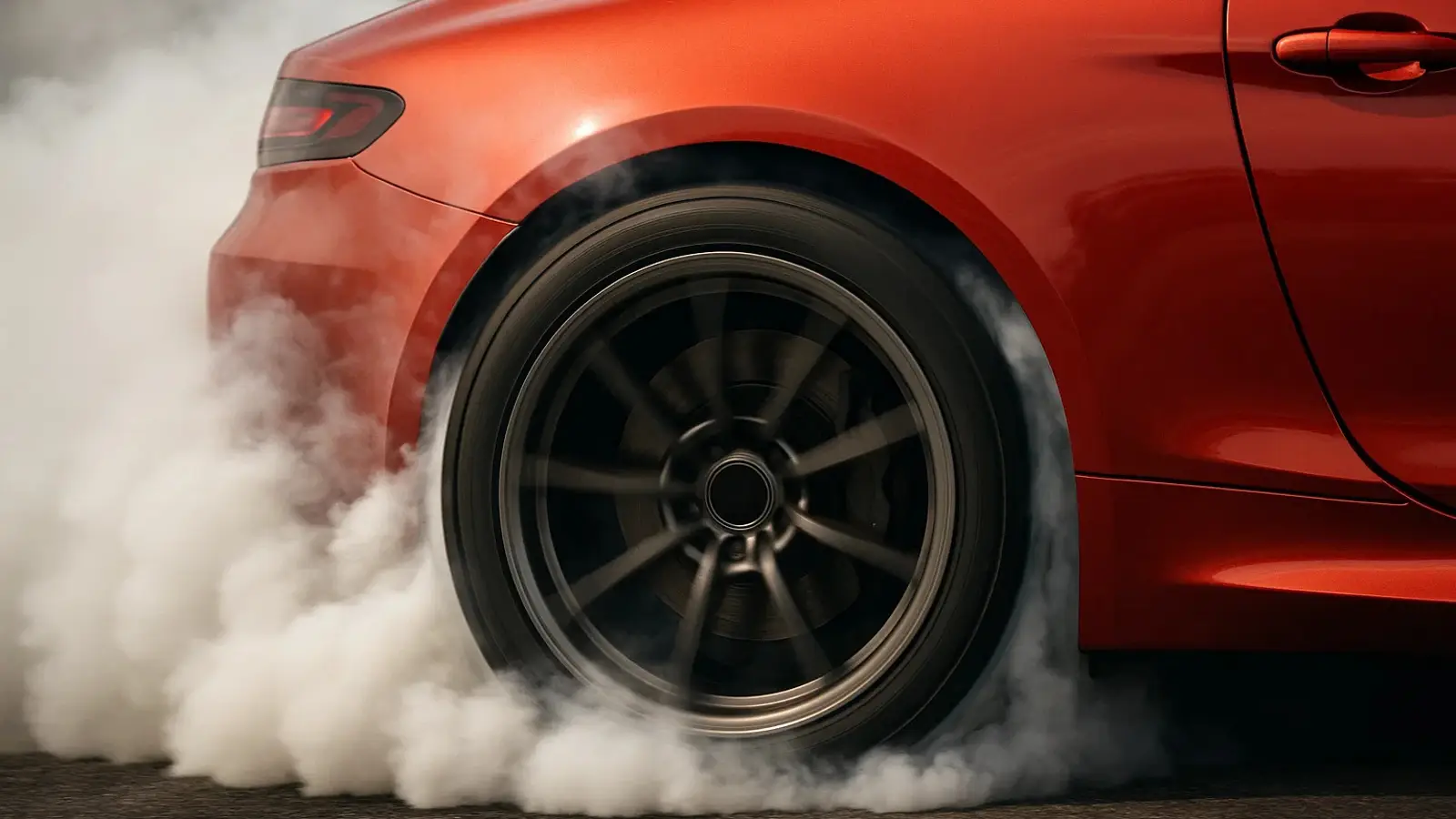Front-Wheel Drive vs Rear-Wheel Drive: Key Differences and Efficiency

Explore the advantages and disadvantages of front-wheel and rear-wheel drive, their behavior in skids and drifting, and which drivetrain is more efficient.
The debate between front-wheel drive (FWD) and rear-wheel drive (RWD) is more than technical—it reflects your driving philosophy. When everyday comfort matters, FWD leads. But if you crave thrill and precision behind the steering wheel, RWD delivers it with flair.
Simplicity or Performance—Which Side Are You On?
FWD places the engine, transmission, and driven wheels up front. The result is simpler engineering, lower production and service costs, and better fuel efficiency, thanks to the absence of a driveshaft and a lighter layout. There’s also extra cabin space, which is another bonus for commuters.
RWD separates tasks: the front wheels steer while the rear wheels push. This clean dynamic setup is favored by driving purists, where balance, response, and feedback matter most.
FWD’s Domain: Everyday Confidence
In rain, light snow, or slippery conditions, FWD excels thanks to traction provided by engine weight over the driven wheels. Combined with lower running costs and straightforward mechanics, FWD remains a smart, predictable choice for daily drivers.
RWD’s Strength: Dynamic Control and Drifting
When acceleration, cornering grip, and steering feel are key, RWD steps up. Near-perfect weight distribution allows confident cornering, and the absence of torque steer keeps steering pure and direct.
For drifting, RWD is almost essential: with power oversteer and counter-steering, drivers can initiate controlled slides that are both thrilling and precise. Front wheels focus solely on steering—an ideal division of labor for performance driving.
The Modern Blend: EVs and Hybrids Changing the Game
Electric and hybrid vehicles are rewriting drivetrain rules. Many EVs today opt for RWD to improve efficiency and traction while minimizing drivetrain losses. Meanwhile, modern AWD systems blend stability, power, and efficiency, providing the best of both worlds on demand.
Why FWD Still Matters
Even with RWD making a comeback in performance circles, FWD remains unmatched in everyday usability. Its safety, fuel economy, and low maintenance costs keep it a top choice for drivers who value consistency and reliability over raw excitement.
Blurring the Lines: What’s Ahead?
The era of purely FWD or RWD vehicles is fading. Automakers increasingly offer AWD or RWD options even in models traditionally based on FWD layouts, particularly in EVs and hybrids. This gives sedans and crossovers more dynamic capabilities while maintaining efficiency and comfort. Enthusiasts are also converting AWD vehicles into RWD to achieve sharper handling and driving pleasure.
Allen Garwin
2025, Aug 04 14:27


